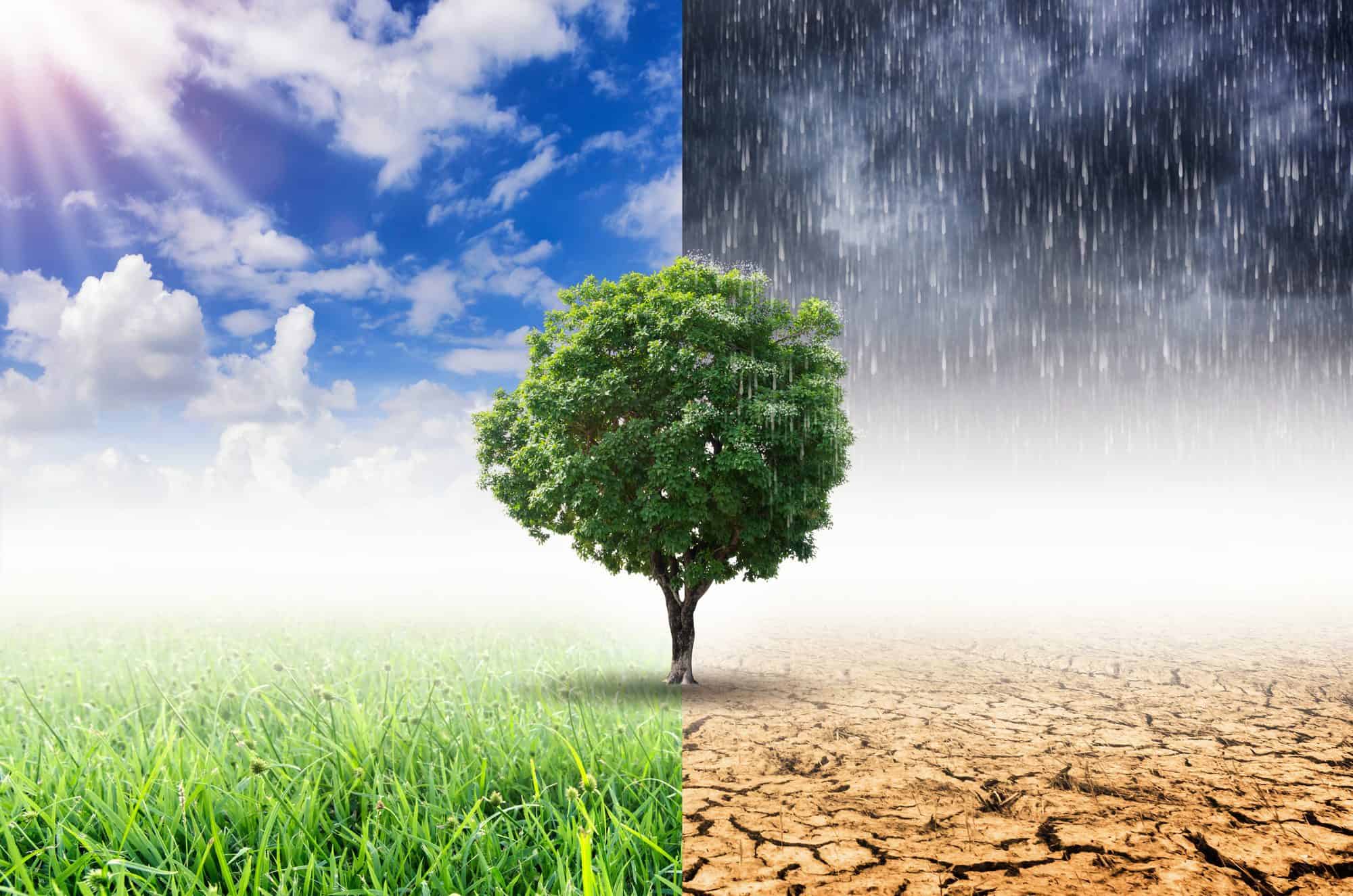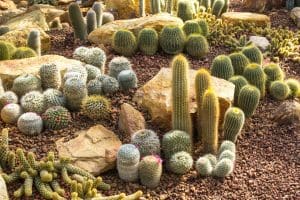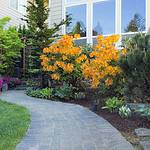
Top Landscaping Designs That Require Minimal Water
You don’t need to sacrifice your love of landscaping if you’re trying to use less water. Sure, it’s easy to go overboard with water by choosing a grass lawn and high-maintenance plant varieties that need ample hydration, but if you do your research there are plenty of other garden materials that need little to no water at all.
Not only is using less water in your garden better for the environment, but it also saves you time and money.
Let’s look at 3 stunning landscape design ideas that require minimal water.
Gravel or Stone Ground Cover
One of the best garden materials that require no water is landscaping stones. They have many uses and are an instant curb appeal booster.
River rocks come in all shapes, sizes, and colors, with a smooth texture that contrasts well with plants and grasses. It can be used to cover exposed tree roots, create walking paths in high-traffic areas, outline swimming pools, patios, or driveways, and provide a top layer for flower beds.
Stones are long-lasting and don’t need to be watered. If it rains, they actually retain moisture that is evenly distributed through plant roots.
Go For Native Plants and Drought Hardy Plants
 Native plants are already well-adapted to the environment where you live, so you won’t have to invest in pricey chemical fertilizers or pesticides, or need much extra watering. These plants flow with the seasons, making them low maintenance.
Native plants are already well-adapted to the environment where you live, so you won’t have to invest in pricey chemical fertilizers or pesticides, or need much extra watering. These plants flow with the seasons, making them low maintenance.
If you live in an arid region, go with cacti and succulents for desert vibes that are unique and beautiful. These plant varieties are also low maintenance and can be paired with gravel or stone ground cover.
Shady Areas

Incorporating shady spaces into your landscape design is beneficial for many reasons. Trees and shrubs help lower the temperature naturally when it’s hot outside, keeping your house cooler without having to crank up the AC.
Tree roots are also helpful in capturing moisture and distributing it to other plants during especially dry times.






Leave a Reply